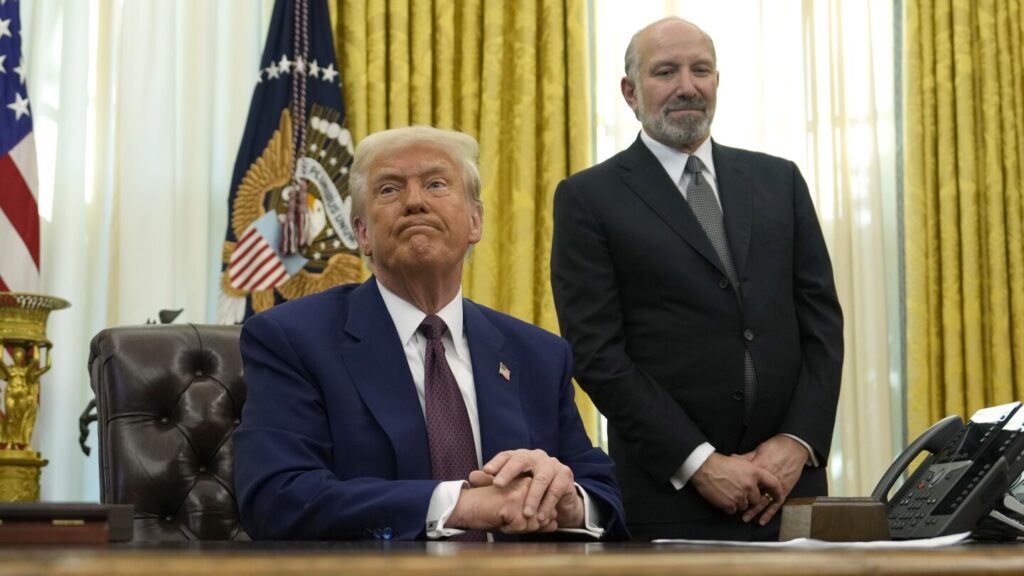President Donald Trump’s recent announcement of “reciprocal” tariffs is causing significant disruption in the global trade landscape. Trump aims to upend the traditional tariff negotiation process that has been in place since the 1960s, asserting that the current system unfairly disadvantages American companies due to higher tariffs on U.S. exports compared to what America imposes on other countries. By implementing tariffs to match those of other nations, Trump seeks to level the playing field.
Despite economists’ reservations about the effectiveness of tariffs, Trump remains steadfast in his tariff strategy, already imposing tariffs on China, steel, aluminum, and threatening additional tariffs on goods from Canada and Mexico. The hope is that reciprocal tariffs could incentivize other countries to lower their import taxes, ultimately benefiting all parties involved.
The complexity of implementing reciprocal tariffs lies in determining the specifics of how they will be applied. Questions remain about whether tariffs will be adjusted on a case-by-case basis or through a broader approach. Trump’s aggressive tariff approach also extends beyond simple tariff adjustments to address what he perceives as unfair foreign practices hindering American exports.
While Trump’s tariff policies aim to reduce trade imbalances, critics argue that tariffs alone may not effectively address the underlying macroeconomic factors driving the trade deficit. As the U.S. economy continues to navigate these turbulent trade waters, the long-term implications of Trump’s tariff strategy remain uncertain.

